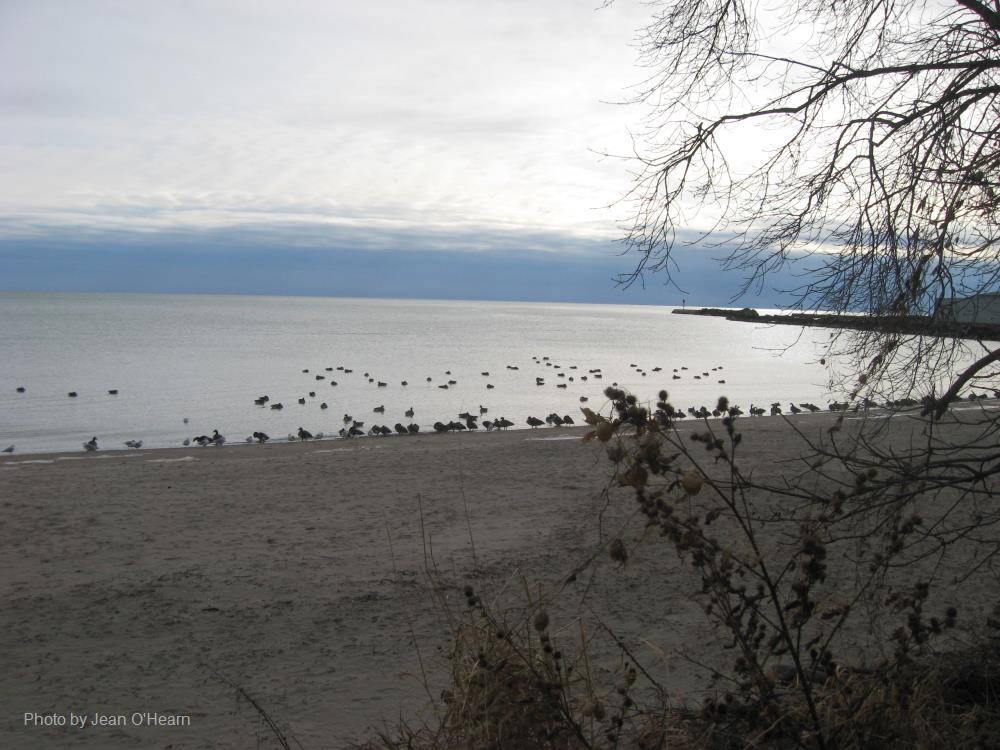
Related items loading ...
Section 1: Publication
Publication Type
Technical Report
Authorship
Elshamy M., Loukili Y., Princz D., Richard D., Tesemma Z. and Pomeroy J.W.
Title
Yukon River Basin Streamflow Forecasting System Centre for Hydrology - Report #16
Year
2020
Publication Outlet
University of Saskatchewan
DOI
ISBN
ISSN
Citation
Elshamy M., Loukili Y., Princz D., Richard D., Tesemma Z. and Pomeroy J.W. (2020). Yukon River Basin Streamflow Forecasting System Centre for Hydrology - Report #16. University of Saskatchewan
Abstract
The Yukon River Basin is one of the main rivers in the Arctic region of North America and is shared
between Canada and the US. The Canadian part covers almost half of the Yukon Territory in addition
to a small portion of the province of British Columbia, while the US part falls totally within the state
of Alaska. This study is concerned with Canadian part of the Yukon River with its outlet at Eagle, just
across the border in Alaska. Small parts of this catchment are in Alaska. This basin has an area of
288,000 km 2, from 58.8 – 65.6°N and 129.2 – 134.1°W. The southern part of the basin is
characterized by large glaciers at high elevations (up to 4700 m above sea level) with steep slopes,
and thus generates considerable runoff. There are also mountain ranges on the eastern and northern
boundaries of the basin, while the western areas are milder in slope and partially forested. Snow
redistribution, snowmelt, glacier melt and frozen soil processes in winter and spring along with
summertime rainfall-runoff and evapotranspiration processes are thus key to the simulation of
streamflow in the basin.
This project developed, set up, calibrated, validated, and operationalized a streamflow discharge
forecasting system for the Yukon River and several of its tributary rivers within the Yukon Territory.
The Yukon River Basin streamflow forecasting system is based around the MESH (Modélisation
Environmentale Communautaire - Surface and Hydrology) hydrological land surface model. MESH is
a state-of-the-art semi-distributed cold regions hydrological land surface model that models both the
vertical exchanges of heat and moisture between the land surface and the atmosphere as well has the
horizontal transfer of water to streams that is routed hydrologically to the outlet of the basin. It
includes snow, frozen soil and glacier processes as well as the full suite of warm season hydrology.
MESH is driven by the Environment and Climate Change Canada GEM weather model and hindcasts
are driven by GEM-CaPA which is a data assimilation product that uses local precipitation
observations where they exist. The rivers forecasted includes the Yukon River Basin upstream of
Eagle, AK and the Porcupine River Basin near the international boundary. MESH provides
supplemental high resolution simulations and forecasts for the Klondike, Stewart, Pelly and White
Rivers at their mouths.
Daily river discharge and water balance forecasts are produced by the system for each river basin.
Having MESH run at both 10 km and 5 km resolution provides an assessment of model resolution
needed for forecasting and also of model uncertainty in the forecasts. The MESH model was driven
by GEM-CaPA for hindcasts and with the GEM ECCC Regional and Global Deterministic Prediction
Systems - RDPS and GDPS forecasts for forecasts of 2 and 9 days. The GEM-MESH model showed
good to very good predictions in most river basins after calibration and parameter selection, with
challenges for the Porcupine and White rivers due to permafrost and wetlands (Porcupine) and to
extensive icefields (White) and overall to sparse to non-existent observed precipitation data to
assimilate into the CaPA system. The forecast system is capable of providing reliable streamflow
predictions and is run with automated scripts on Amazon Web Services.
Future development of the forecasting system should focus on the very challenging permafrost
hydrology of the Porcupine River Basin, and the glacier hydrology of the White River which drains
the largest icefields in North America. The model does not include a river ice component, but one
could be added in the future.
Plain Language Summary


 GWFNet
GWFNet Master
Master Data
Data Research
Research Map
Map
 Advanced
Advanced Tools
Tools
 . . .
. . .
 Metadata Editor
Metadata Editor
 Record List
Record List
 Alias List Editor
Alias List Editor
 Legacy sites
Legacy sites